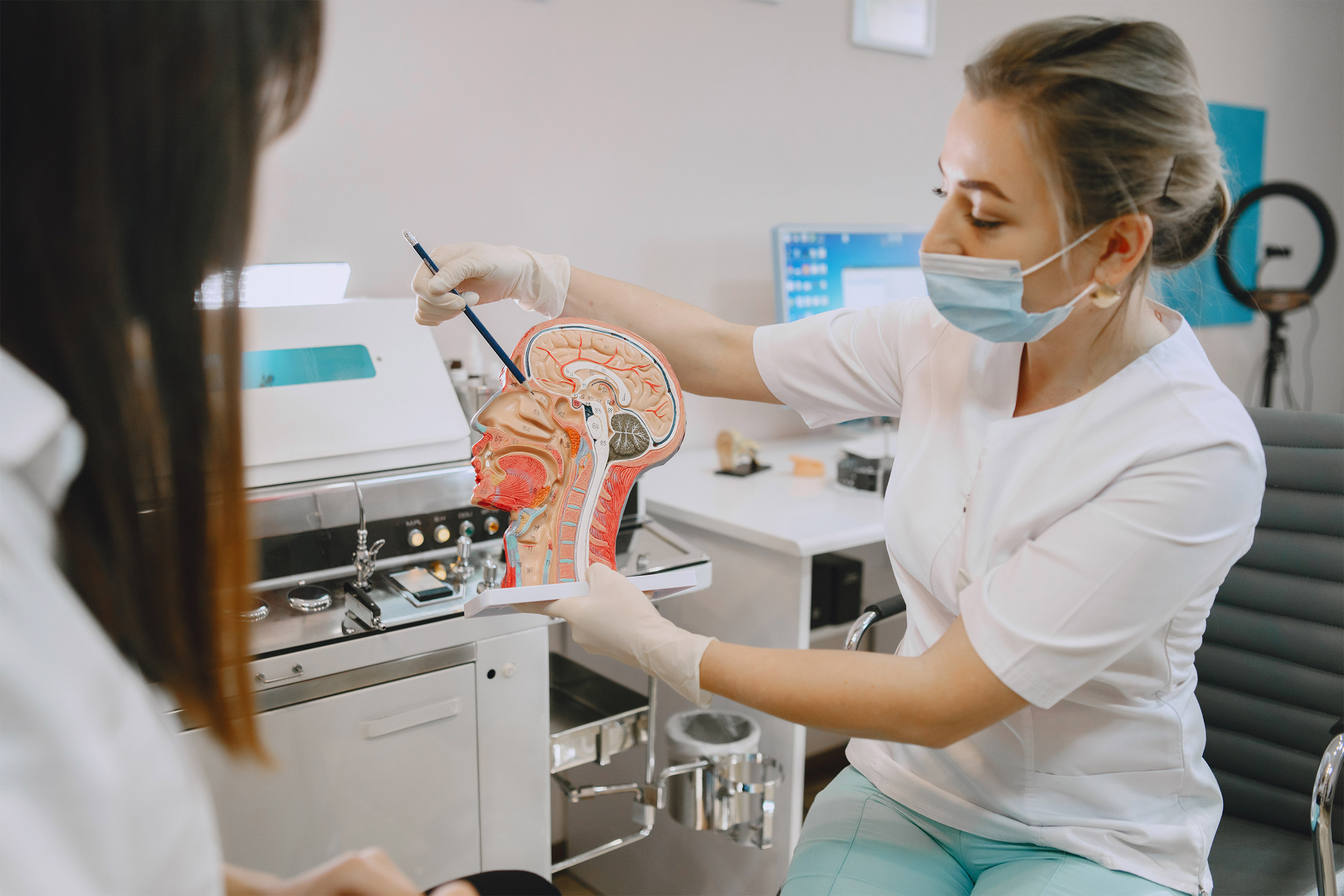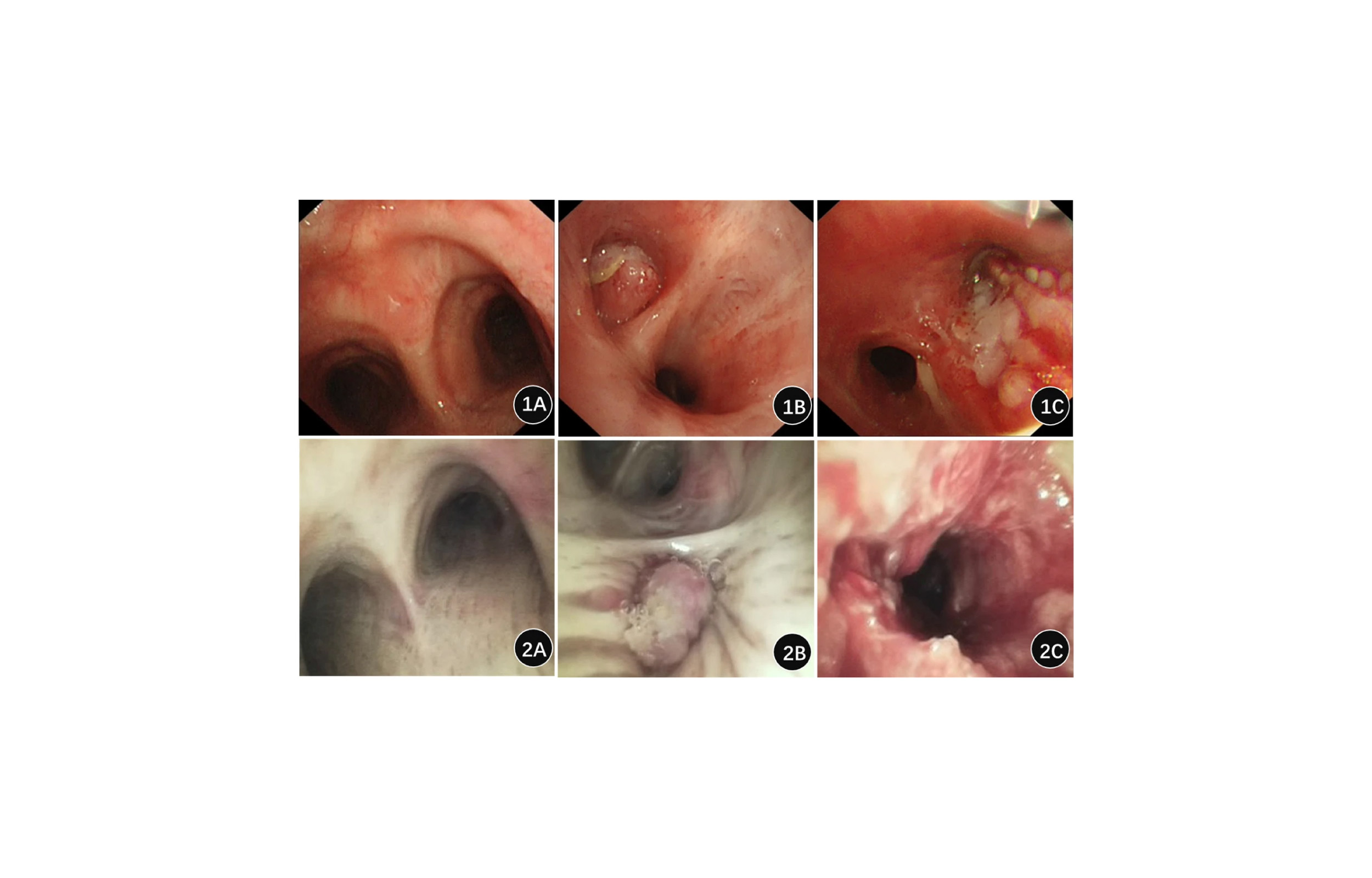
An analysis of endoscope failure reports from a U.S. Food and Drug Administration database shows that instances of injury or death associated with contamination from nasopharyngoscopes are even more rare than those of other endoscopes.
Only a single case of patient injury was found connected to a nasopharyngoscope during the six-year span analyzed, and that was more likely due to disinfectants insufficiently wiped from the scope rather than the presence of dangerous microorganisms, according to a report.
The study, published in The Laryngoscope in June 2020, examined 3,865 adverse events reported to the Manufacturer and User Facility Device Experience (MAUDE) database between 2013 and 2019 related to bronchoscopes, duodenoscopes, gastroscopes and nasopharyngoscopes. Device reports concerning bronchoscopes showed the highest rates of device-associated injury in the research, according to authors Roy Jiang, Dr. David A. Kasle and others.
While nasopharyngoscope contamination occurs at frequencies similar to that of other endoscopes, microbial contamination itself did not necessarily lead to negative health outcomes for ENT patients, the authors found.
These results “will be important for developing better standards of endoscope contamination that are specific to the category of endoscope and not extrapolated from practices used for other endoscope categories,” according to the study.
“It appears that not all forms of endoscope contamination are equal,’’ the authors write.
The authors’ goal was to quantify nasopharyngoscope microbial contamination relative to that of other endoscope categories and to characterize the outcomes and microbial profiles associated with those cases.
Nasopharyngoscopes, also known as rhinolaryngoscopes, are used by otalaryngologists to perform flexible laryngoscopy in cases involving airway obstruction, foreign body removal, obstructive sleep apnea, and dysphagia.
The Journal of the American Medical Association (JAMA) reports that the total number of diagnostic flexible laryngoscopy procedures increased by 87 percent among the U.S. Medicare population between 2000 and 2016, according to the most recent data available. There were 645,172 such procedures, according to that analysis, published in 2019.
The researchers found that nasopharyngoscopes were most often contaminated by Staphylococcus and other bacteria that were not identified in their analysis. More than 70 percent of bronchoscope contamination reports, meanwhile, were associated with Pseudomonas, a multidrug-resistant organism. Pseudomonas was the second most common organism to contaminate gastroscopes and duodenoscopes.
The authors found 47 percent of bronchoscope and 30 percent of duodenoscope contamination reports were associated with patient injury or death among the submitted FDA reports contained in the study.
They say the numbers vary so greatly from nasopharyngoscopes because of the low risk of healthcare-associated infections as a result of diagnostic flexible laryngoscopy compared with other endoscopic exams such as bronchoscopy or endoscopic retrograde cholangiopancreatography (ERCP).
Additional contributing factors may be the healthier patient population, who are less susceptible to infection, undergoing the nasopharyngoscope procedures. The exam itself is also limited to the upper airway and involves different pathogens than the lower airway where bronchoscopes are used.
Similarly, gastroscopes — used in the upper digestive tract — were connected with fewer device-associated infections than duodenoscopes, which are exposed to more high-concern organisms in the body.
More than 75 million endoscopies are performed in the U.S. annually, based on most recent data available from the FDA. While instances of device-related infection do occur, they are considered rare.
Recent reports of duodenoscope-associated infection prompted the FDA to update its recommendation, in August 2020, for duodenoscope manufacturers and healthcare facilities to transition to duodenoscopes with disposable components and scopes that are fully disposable. That safety communication from the FDA followed one issued in August 2019 calling for manufacturers and healthcare organizations to move to duodenoscopes that are partially or fully single-use.
Last month, the FDA announced that it is investigating “numerous” medical device reports (MDRs) describing patient infections and other possible contamination issues possibly associated with reprocessed urological endoscopes. These endoscopes include cystoscopes, ureteroscopes, and cystourethroscopes.
Since nasopharyngoscopes, like all endoscopes, are classified as semi-critical instruments, high-level disinfection (HLD) is the minimum required for cleaning under the Spaulding classification and is routinely practiced.
Although published guidelines have emphasized the importance of nasopharyngoscope decontamination, few specify a reprocessing protocol comparable to those established for bronchoscopes and duodenoscopes, the study authors write. That has resulted in wide variability in reprocessing methods used in the U.S. and internationally.
The authors noted that a limitation of the MAUDE study is that it relied on reports from the FDA’s MAUDE database rather than using prospective data curated by healthcare professionals.


